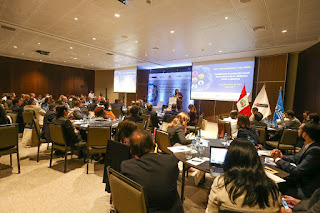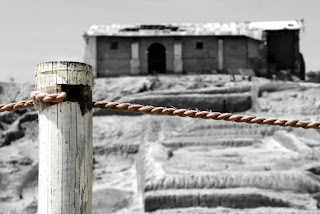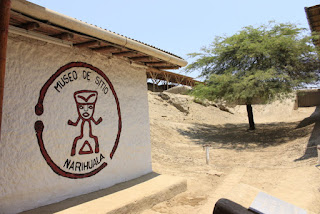Poverty Caused By Natural Disasters Is Able To Prevent

LIMA CITY, Peru – Latin American countries are looking for strengthening their systems of social protection in case of natural disasters due to they seem to turn more frequent and intense, what put the life of the people and the economy of every territory under risk. In consequence, they can slow down the advance in reduction of poverty. The Latin American countries are mostly exposed to natural disasters, what motivated the Ministry of Development and Social Inclusion (MIDIS as in Spanish), the World Bank, and the United Nations’ World Food Programme (WFP) join to organize a forum for sharing practices and learned lessons about the adaptative mechanisms of social protection that allow to innovate management tools which benefit the poorest and vulnerable population. The officials and experts of 26 Latin American and Caribbean countries with the specialists from participant institutions focused on analyzing adaptative systems of social protection th...







